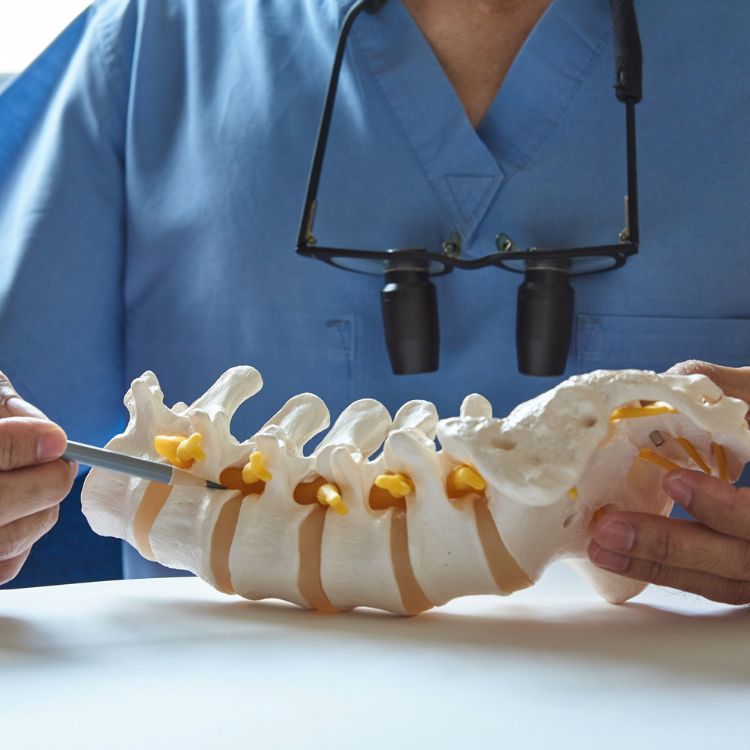What Causes Post Laminectomy Syndrome?
Post laminectomy syndrome occurs when the intended benefits of the surgery do not fully materialize, and pain persists. There are several factors that can contribute to the development of this condition, including:
- Scar tissue formation: After the surgery, scar tissue can form around the nerves or surgical site, which can put pressure on the surrounding structures and cause pain.
- Failed surgical outcomes: In some cases, the surgery does not fully address the underlying issue, such as nerve compression or spinal instability, leading to ongoing pain.
- Nerve damage: In rare cases, the surgery may cause injury to the spinal nerves, leading to chronic pain that does not resolve.
- Degenerative changes: As the spine continues to age after surgery, degenerative conditions like disc degeneration or arthritis may develop, contributing to the pain.
Although the surgery itself is intended to provide relief, post laminectomy syndrome can sometimes result from complications or incomplete healing, leaving patients with unresolved pain.
Symptoms of Post Laminectomy Syndrome
The main symptom of post laminectomy syndrome is chronic back pain that persists for months or even years after surgery. This pain can vary in intensity and may be constant or come and go. Patients may experience:
- Persistent lower back pain
- Pain radiating to the legs or other parts of the body
- Burning, aching, or shooting pain
- Numbness or tingling sensations in the affected areas
- Difficulty performing daily activities or returning to work due to pain
It’s important to recognize that post laminectomy syndrome may also involve muscle weakness, stiffness, and decreased mobility, making it a complex condition to manage.
Diagnosis and Treatment for Post Laminectomy Syndrome
Diagnosing post laminectomy syndrome begins with a comprehensive evaluation by your doctor, who will review your medical history and the specifics of your previous surgery. Imaging studies, such as X-rays, MRIs, or CT scans, may be performed to assess any structural changes or issues in the spine that could be contributing to the pain.
Once diagnosed, there are several treatment options available to manage the symptoms of post laminectomy syndrome:
- Spinal cord stimulation (SCS): One of the most effective treatments for post laminectomy syndrome is spinal cord stimulation, which involves implanting a small device that sends electrical impulses to the spinal cord. This technique can block pain signals and provide long-term relief for many patients.
- Physical therapy: A personalized physical therapy program can help improve mobility, strengthen muscles, and reduce pain.
- Medications: Pain management may involve the use of anti-inflammatory drugs, analgesics, or other medications prescribed to reduce pain and inflammation.
- Nerve blocks: In some cases, nerve block injections can be used to temporarily numb the area and provide relief.
- Surgical revision: If the surgery has caused issues such as instability or recurring nerve compression, additional surgery may be considered.
If you are experiencing ongoing pain after back surgery, it is important to consult with a healthcare provider who specializes in managing chronic pain conditions. With the right treatment plan, many patients are able to find significant relief and improve their quality of life.


